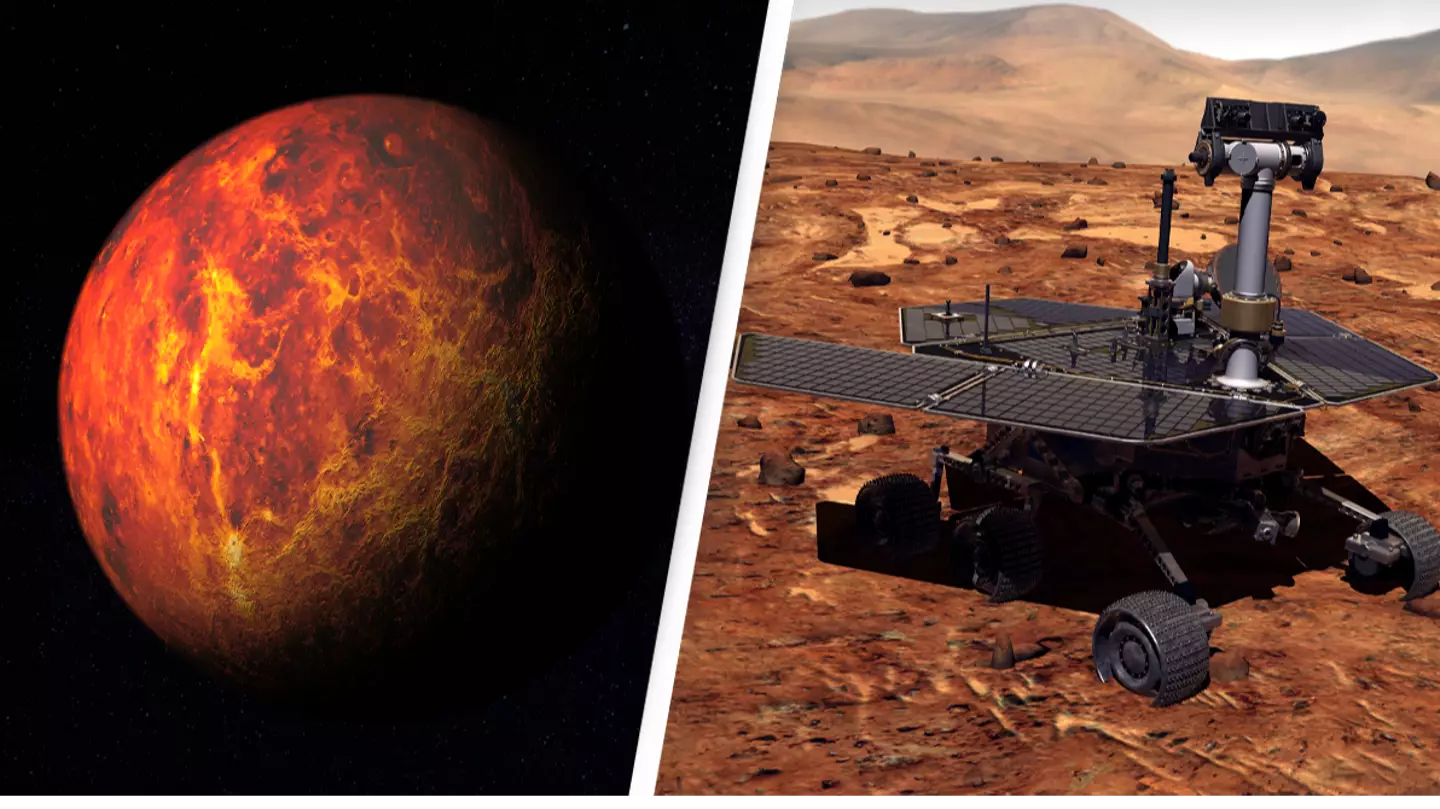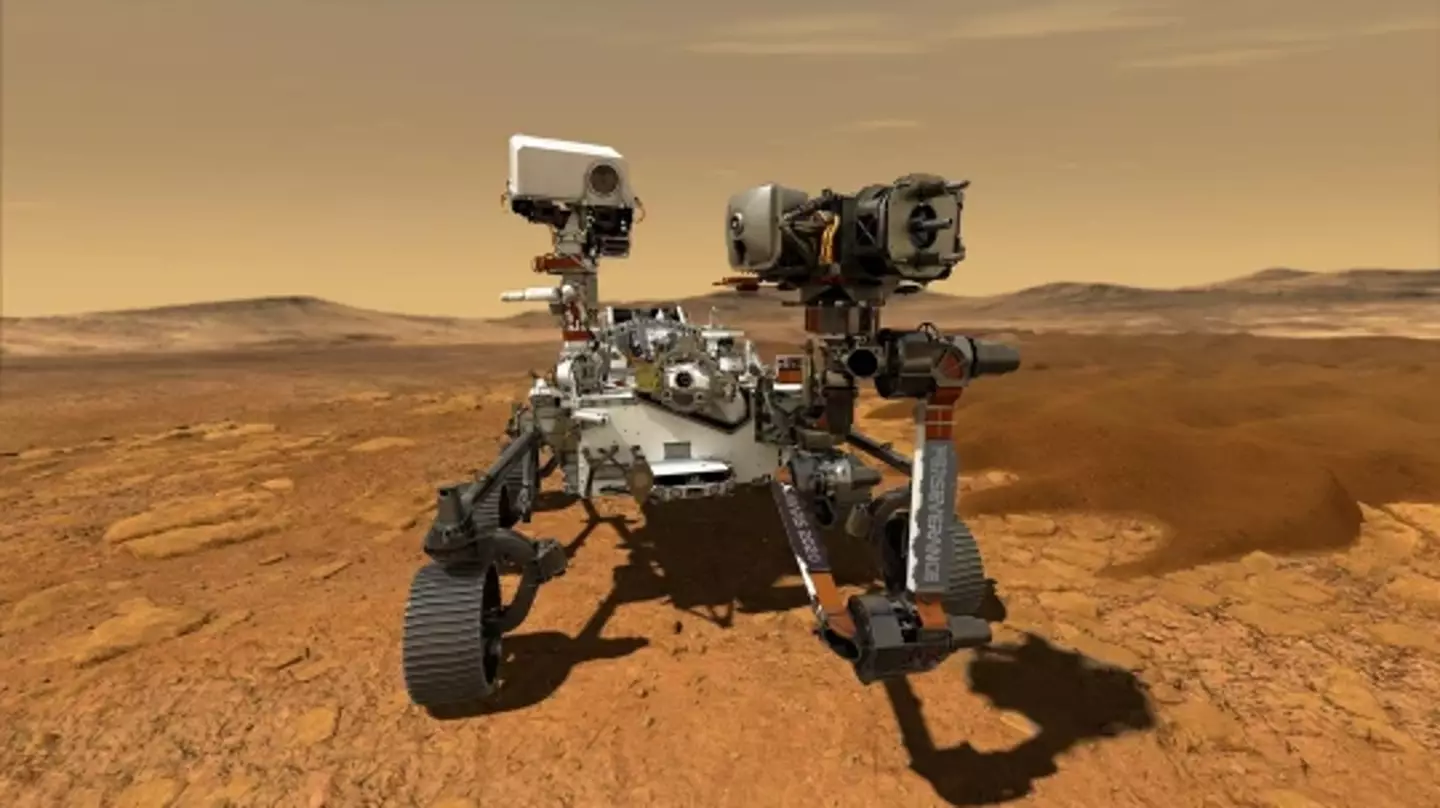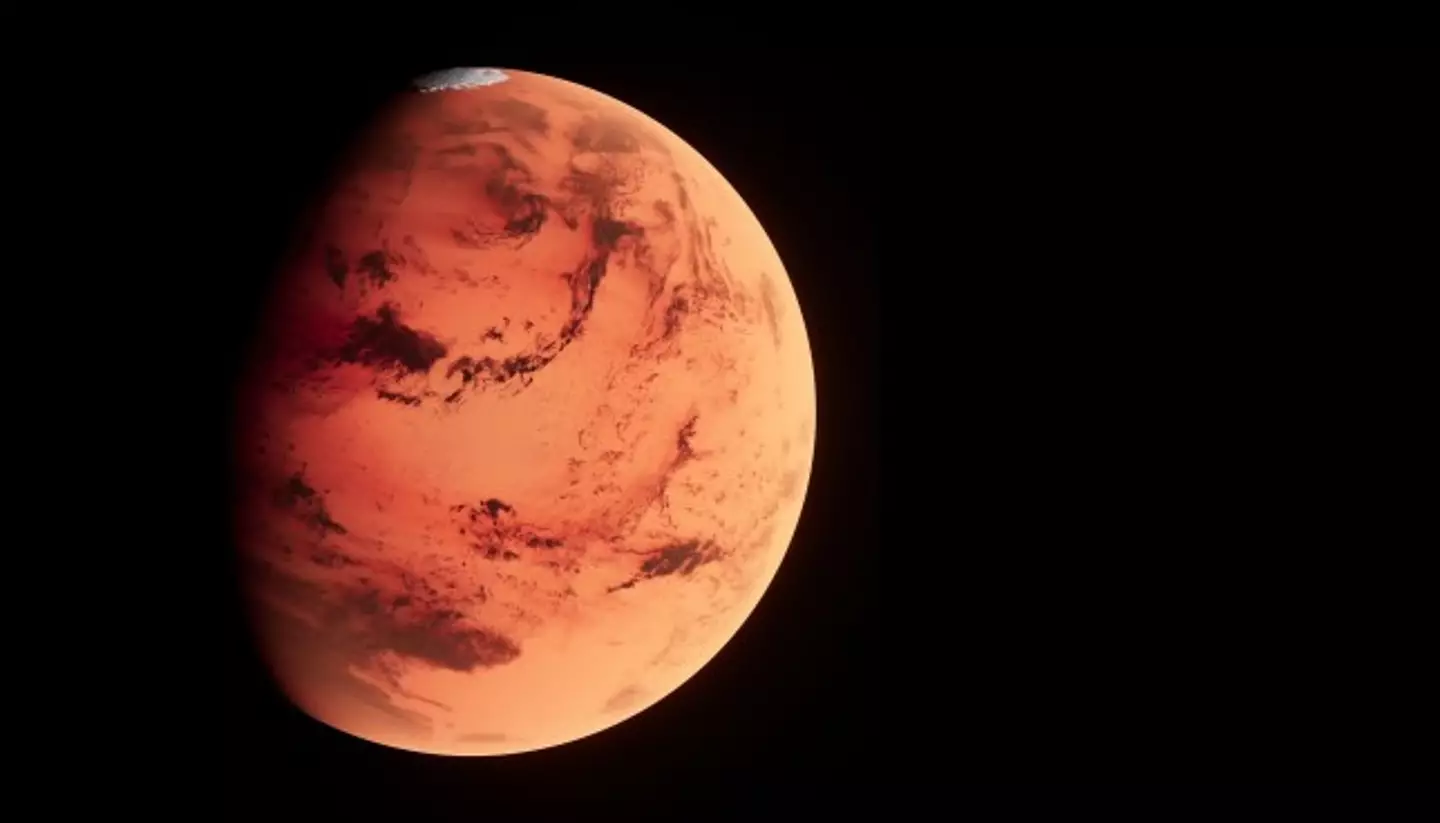
Finally some evidence that we might not be alone in the universe after all as NASA's Perseverance rover has discovered diverse organic matter that may point towards the possibility of life in Mars' Jezero crater.
If you're not sure what that means, their groundbreaking discoveries suggests that a more complex ecosystem than was previously considered may have existed on the red planet in the past.
There are a few suggestions put forward by NASA researchers to explain where the organic Martian matter might have come from, including water and rock interactions, interplanetary dust or meteor deposits or - most exciting of all - something derived from living organisms.

The scientists leading the study claim that understanding more about Martian organic matter could shed light on options for all-important carbon sources and searching for potential signs of life.
Advert
In February 2021, the rover landed in the crater, which is the site of an ancient lake basin with high potential for having hosted life in the past.
The cutting-edge craft was equipped with The Scanning Habitable Environments with Raman and Luminescence for Organics and Chemicals (SHERLOC) instrument.
SHERLOC is the first tool of its kind to allow fine-scale mapping and the analysing of Martian organic molecules and minerals.
It allowed the scientists running the study to photograph and analyse the rocks on the crater floor.
Advert
The scientists, including Sunanda Sharma and Ryan Roppel, analysed the findings and discovered signals of organic molecules on all 10 targets that SHERLEC was equipped to observed.
These signals were concentrated largely in a rock formation called Maaz more than in another called Seitah.
The team noted 'diverse mineral association' and 'spatial distribution' unique to each formation.

Researchers believe this diversity provides insight into ways the organic matter originated; perhaps through water changing from a gas to a solid without becoming a liquid in between, or in combination with volcanic materials.
Advert
The study’s authors wrote in their report: "Our findings suggest there may be a diversity of aromatic molecules prevalent on the Martian surface, and these materials persist despite exposure to surface conditions.
"These potential organic molecules are largely found within minerals linked to aqueous processes, indicating that these processes may have had a key role in organic synthesis, transport or preservation."
The research feels like the next piece of the puzzle after Nasa’s Curiosity rover found rocks that contained organic carbon matter, potentially from insects that once roamed the red planet last year.
